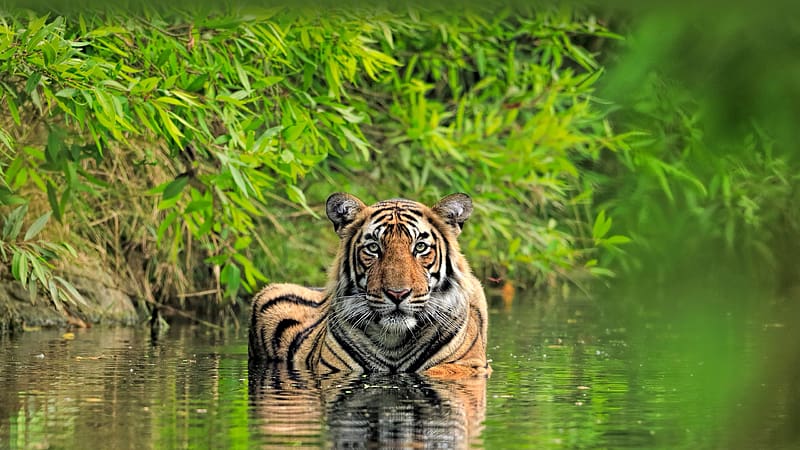Why Do Indian Tourists Prefer to Visit Forests and Wildlife Areas?
India is one of the top destinations in the world for wildlife tourism. With over 100 national parks, 500+ wildlife sanctuaries, and lush forests spread across the country, Indian tourists have countless opportunities to connect with nature. But why do so many travelers prefer forests and wildlife areas over other holiday spots? Let’s explore.
1. Escape from Urban Life
The hustle of city life often leaves people longing for peace. Forests in India offer clean air, green landscapes, and the soothing sounds of birds and rivers. For Indian tourists, visiting a wildlife sanctuary or forest reserve is the perfect way to relax and recharge.
2. Deep Cultural and Spiritual Connection
In Indian culture, forests hold a sacred place. Dense forests serve as the setting for many mythological stories from the Ramayana and Mahabharata. Today, tourists feel a sense of spiritual connection while visiting places like Jim Corbett National Park, Gir Forest, or Periyar Wildlife Sanctuary.
3. Thrill of Wildlife Safaris
Wildlife tourism in India is booming, thanks to the thrill of spotting tigers, elephants, leopards, and rare birds. Safari rides in Ranthambore, Kaziranga, or Bandhavgarh create memories for a lifetime. The adventure of witnessing animals in their natural habitat attracts families, photographers, and young explorers alike.
4. Growing Interest in Eco-Tourism
Eco-tourism in India has gained huge popularity. Tourists are becoming more conscious about conservation and prefer traveling to destinations that promote sustainable tourism. Visiting protected forests and national parks gives them a chance to contribute to nature conservation.
5. Affordable and Accessible Getaways
Compared to international holidays, wildlife destinations in India are affordable and easily accessible by road, rail, or short flights. Weekend trips to nearby forest reserves have become a trend among students, young professionals, and families.
6. Perfect for Learning and Photography
Indian forests are a treasure trove for wildlife photography, nature studies, and research. From rare species like the one-horned rhinoceros to scenic landscapes, every corner is a learning experience for nature lovers, students, and eco-travelers.
 What You’ll Discover:
What You’ll Discover: Travel guides to the most beautiful places in India
Travel guides to the most beautiful places in India Wildlife insights: from rare birds to majestic tigers
Wildlife insights: from rare birds to majestic tigers Motivational tales, trip advice, and images.
Motivational tales, trip advice, and images. Eco-friendly travel practices for a greener tomorrow.
Eco-friendly travel practices for a greener tomorrow.


